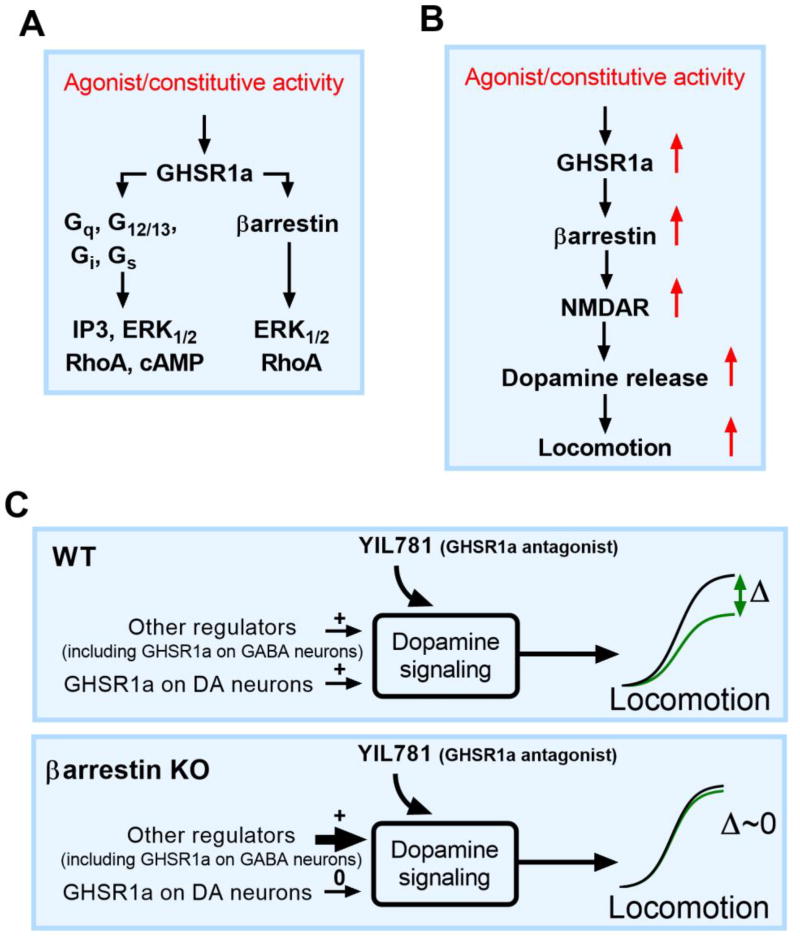Figure 7. Schematic model for G protein and βarrestin-mediated GHSR1a signaling.
(A) Individual G protein- and βarrestin-mediated signaling pathways of activated GHSR1a. (B) Conceptual model for GHSR1a regulation of VTA dopamine neurons underlying locomotion. Activation of βarrestin (red arrows) leads to N-methyl-D-aspartic acid receptor (NMDAR) enhanced excitability of VTA dopamine neurons, dopamine release, and locomotion. Inhibition of this pathway with a GHSR1a antagonist reduces dopamine neuron firing, dopamine release and locomotion, blocking the hyper-locomotor effect of psychostimulants like cocaine. (C) Model of the effect of a genetic ablation of βarrestin-2 in DAT neurons. DAT neurons in WT mice are still responsive to GHSR1a antagonists (upper panel, green sigmoid curve) and the negative change in locomotion, Δ locomotion = Δ locomotion (βarrestin, other factors) is a significant fraction of the total locomotion. In the YIL781 unresponsive βarrestin-2 KO mouse, (lower panel), Δ locomotion at the GHSR1a is fixed at zero because of compensation by other remaining regulatory mechanisms (lower panel, green sigmoid curve).

